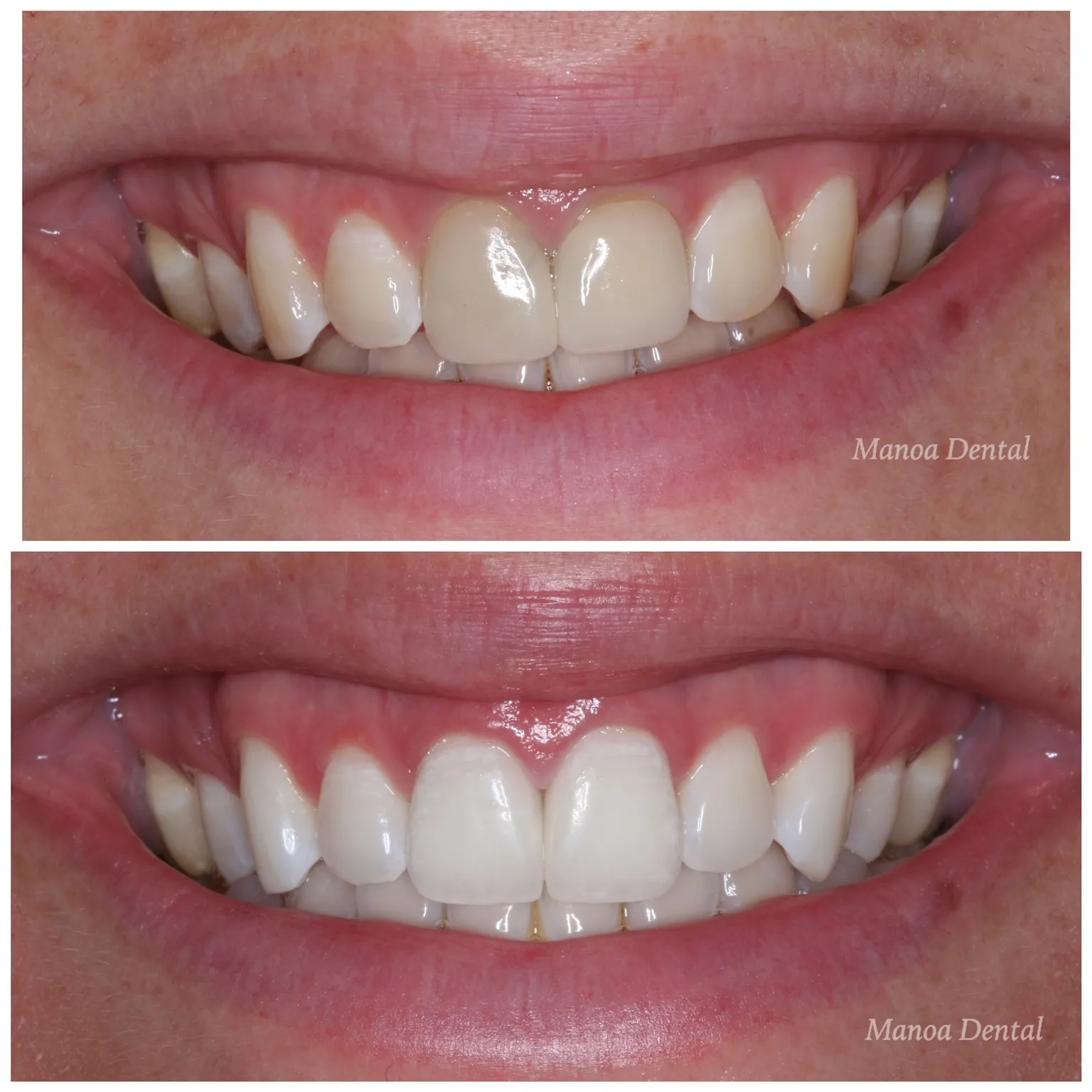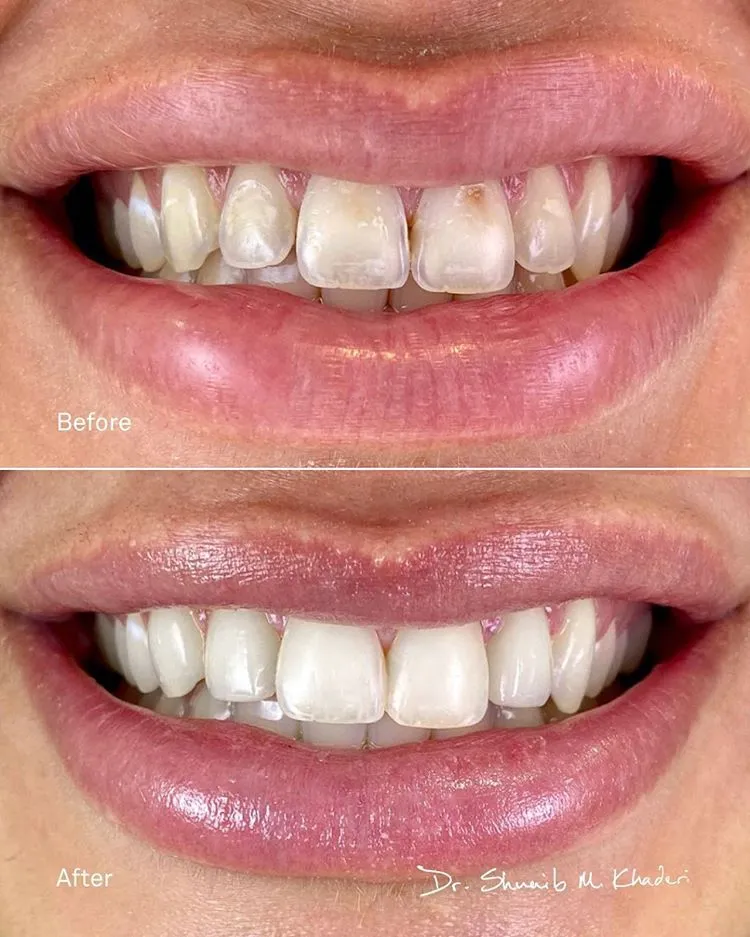Does Dental Insurance Cover Whitening Treatments?
The simple answer to whether dental insurance covers teeth whitening is often a complex one. In many cases, teeth whitening, being primarily a cosmetic procedure, is not covered by standard dental insurance plans. However, there are nuances and exceptions. Understanding your specific dental insurance policy is crucial. Policies vary widely, and what one plan considers a covered expense, another might classify as elective. The primary reason for this difference lies in the nature of teeth whitening itself. It is usually considered a cosmetic procedure, intended to improve the appearance of teeth rather than address a medical necessity. This distinction significantly impacts insurance coverage, making it essential to delve deeper into the specifics of your plan to ascertain if teeth whitening is included.
Types of Dental Insurance Plans
Various types of dental insurance plans exist, each offering different levels of coverage. These plans generally fall into a few broad categories. Indemnity plans, or fee-for-service plans, offer the most flexibility in choosing a dentist. However, they often provide limited coverage for cosmetic procedures. Preferred Provider Organization (PPO) plans offer a network of dentists, and visiting a dentist within the network typically results in lower costs and potentially better coverage. Health Maintenance Organization (HMO) plans usually require you to choose a primary care dentist within their network, and while they often have lower premiums, coverage for cosmetic procedures may be even more restricted. Finally, Discount or Dental Savings plans offer reduced fees from participating dentists, but are not technically insurance and may not cover whitening.
Different Levels of Coverage

Dental insurance plans typically categorize procedures into different levels, each with varying coverage percentages. Preventive services, such as check-ups and cleanings, are usually covered at a high percentage, often 100%. Basic procedures, like fillings, might be covered at 80%, while major procedures, such as crowns or root canals, are typically covered at a lower percentage, perhaps 50%. Cosmetic procedures, which often include teeth whitening, are often not covered at all or have very limited coverage. Some plans may offer a small allowance for teeth whitening, while others exclude it entirely. Reviewing your plan’s details regarding the coverage percentages for each category is imperative to understand what your insurance will pay for.
Factors Influencing Whitening Coverage
Several factors can influence whether your dental insurance covers teeth whitening. The primary factor is the type of plan you have, as mentioned earlier. PPO plans are more likely to offer some coverage compared to HMO plans. Another significant factor is the specific terms and conditions of your policy. Some plans may offer coverage if the teeth whitening is deemed medically necessary, such as to remove discoloration caused by a specific medical condition or injury. Pre-existing conditions can also impact coverage. If your teeth were discolored before you enrolled in the insurance plan, coverage for whitening might be denied. The specific policy language, including any exclusions, should be carefully reviewed. Furthermore, some plans may have annual maximums, which limit the total amount they will pay for dental services in a year. Even if teeth whitening is partially covered, the cost might exceed the annual maximum.
Plan Specifics and Limitations
Each dental insurance plan has its specifics and limitations. These can vary greatly from one insurer to another and even among different plans offered by the same insurer. Policy details outline the types of procedures covered, the percentage of costs covered, and any limitations. These limitations can include annual maximums, waiting periods, and exclusions for certain procedures. Waiting periods are a common feature; they are the time you must wait before your insurance will cover certain procedures. Cosmetic procedures like teeth whitening often have longer waiting periods or might not be covered at all during the initial waiting period. Reading the fine print of your plan is critical. Understand any exclusions and limitations. Knowing the details can help you plan your dental treatments and avoid unexpected costs. Contacting your insurance provider directly to clarify any ambiguities in the policy is a wise move.
Pre-existing Conditions Clause

The pre-existing conditions clause is an important aspect of most insurance policies. It generally refers to conditions that existed before you enrolled in the insurance plan. Regarding teeth whitening, if you have discoloration issues or staining on your teeth before the start of your insurance coverage, the insurance might not cover whitening treatments. This is because the insurance is designed to cover new conditions and treatments, not to fix existing cosmetic issues. Therefore, before undergoing any whitening procedures, it is important to check your policy details about pre-existing conditions. Also, consider discussing this with your dentist and insurance provider. They can help you understand how the policy applies to your specific situation. Being aware of the pre-existing conditions clause can save you from unexpected costs. Understand what your plan covers before proceeding with cosmetic dental procedures.
Waiting Periods
Waiting periods are another important element in the world of dental insurance. These are periods during which certain procedures are not covered, even if you are already enrolled in the plan. The length of the waiting period can vary based on the type of procedure. Routine check-ups and cleanings usually have no waiting period or a very short one. More complex procedures, like fillings or crowns, can have waiting periods of several months to a year. Cosmetic procedures like teeth whitening often have longer waiting periods, or they might not be covered at all during the initial period. Before undergoing teeth whitening, review your policy to understand if there is a waiting period, and how long it lasts. Planning your whitening treatment after the waiting period is essential to ensure coverage. Contact your insurance provider to clarify your policy’s terms.
Alternative Whitening Options if Not Covered
If your dental insurance does not cover teeth whitening, several alternative options are available to achieve a brighter smile. Professional whitening treatments offered by dentists are a popular choice. These in-office procedures use stronger bleaching agents and can provide immediate results. At-home whitening kits, available through your dentist or over-the-counter, are another option. These kits include custom-fitted trays or strips with lower concentrations of bleaching agents. Other options include whitening toothpastes and mouthwashes. These products can help remove surface stains and maintain your teeth’s brightness. However, they are not as effective as professional treatments or at-home kits with bleaching agents. Consulting with your dentist is essential to determine the best whitening option. The selection should be based on your needs and the type of discoloration. Considering all the options and their costs is important if your insurance does not cover the procedure.
Professional Whitening vs At-Home Kits

When it comes to teeth whitening, you have two primary choices. Professional whitening treatments are administered by a dentist in their office. They use higher-concentration bleaching agents and often involve the use of special lights or lasers to accelerate the whitening process. This approach typically delivers the most dramatic and quickest results. At-home whitening kits are a more cost-effective option. They are either provided by your dentist or available over-the-counter. These kits usually include custom-fitted trays or strips containing a lower concentration of bleaching agents. They require more time to achieve noticeable results but are more convenient. The best option for you depends on your needs, budget, and how quickly you want to see results. Professional whitening provides immediate results, while at-home kits offer a more gradual approach.
Ways to Reduce Whitening Costs
Even if your dental insurance doesn’t cover teeth whitening, you can still explore ways to reduce the costs. Consider opting for at-home whitening kits instead of in-office treatments, as they are generally less expensive. Many dentists offer financing options or payment plans to help you manage the costs of professional whitening. Explore dental discount programs or dental savings plans. These plans are not insurance but offer reduced fees on dental services from participating dentists. Check for special offers or promotions from dental practices. Many dentists run promotions on teeth whitening, which can significantly lower the cost. Comparing prices from different dentists can also help. Costs for teeth whitening can vary. Getting quotes from multiple dentists will help you find the best deal. Consider all your options and choose the most cost-effective one.
Comparing Quotes & Finding Best Plans
Comparing quotes and finding the best dental insurance plans is crucial. Start by getting quotes from different insurance providers. Compare the coverage options, premiums, and deductibles. Consider the annual maximums, waiting periods, and any exclusions for the procedures you need. Use online comparison tools to simplify the process. These tools let you compare different plans side by side based on your needs. Read customer reviews and ratings to assess the quality of service. Ask your dentist for recommendations. They may have experience with different insurance plans and can suggest the best ones. When comparing quotes, look beyond the monthly premium. Consider the total cost of care, including any out-of-pocket expenses. Finding the best dental insurance plan requires careful consideration of your dental needs and budget.
Negotiating with Your Dentist

Negotiating with your dentist can sometimes help you reduce the cost of teeth whitening and other dental procedures. Discuss the cost of treatment with your dentist. They may be willing to adjust the price, particularly if you are a long-term patient or are paying out-of-pocket. Ask about payment options or financing plans. Many dental practices offer payment plans to make treatments more affordable. Inquire about any discounts. Some dentists offer discounts to patients without insurance or who pay in full upfront. Discuss your budget and see if your dentist can recommend alternative treatment options. They may be able to provide a less expensive approach. Research prices in your area and compare them. Knowing the local prices will strengthen your negotiating position. Effective communication and a willingness to discuss your financial concerns can often lead to a more manageable payment plan.
In conclusion, the coverage of teeth whitening by dental insurance is not a straightforward yes or no answer. It depends on the specific plan, its terms, and whether the procedure is deemed medically necessary. While many plans do not cover cosmetic procedures, understanding your policy, exploring alternative options, and seeking ways to reduce costs are vital. Always consult your dentist and insurance provider to make informed decisions about your dental care and budget.
